

League of Legends has become the new World of Warcraft. Not WoW in the sense that they’re the same game in the same genre, but rather WoW in the sense that its crazy popularity is causing a whole host of developers to attempt to make clones and copies of it. I’m sure we all remember a time, around 2006-2011 where pretty much every MMORPG that came out on the market was like World of Warcraft. Well, now pretty much every MOBA game that hits the market is like League of Legends, or at least trying to be like LoL.

Granted games in the MOBA genre have less to work with than games in the MMORPG genre. MOBA games are required to stick to a strict set of rules, and don’t really provide a whole lot of leeway for developers to expand on. There always has to be some sort of lanes, with minions pushing down said lanes to the enemy’s base. Whereas MMOs can change their gameplay dramatically, MOBA’s cannot.

Of course some developers like Blizzard, with Heroes of the Storm, are trying their hardest to expand on the genre however it very much feels like once you’ve played one MOBA game, you’ve played them all. Strife, a new MOBA game made by the developers of Heroes of Newerth, is one of the newest games to hit the genre, defining itself as MOBA 2.0. Strife aim’s to make the whole experience more friendly and entertaining for casual players, as well making sensible additions to the genre which get rid of the unnecessary fat which the genre carries around with it. Of course when you actually jump into the game it pretty much plays like every other game in the genre.
Having said that it does introduce new things, such as pets which you can evolve (adding an element of Pokemon), however I can’t see players moving away from the big hitters such as LoL or even DOTA 2. The main reason I can’t see players moving away from these games is the business model. Dawngate operates on the same sort of business model as League of Legends. Player’s can purchase heroes/champions with in-game points or with real money. Typically it’ll take around 10-20 hours to unlock one of these heroes with in-game points, or around £5 with real life money. Whichever one you choose is an investment. You’re either investing your time, or your money into the game. A player like me, one who hasn’t spent an awful lot of money on League of Legends, but who has spent a lot of time building up a large pool of champions, isn’t going to want to move to another game (a game which is in the same genre and which shares an awful lot of likeness with the one they’re currently player), and restart getting all the other champions all over again.
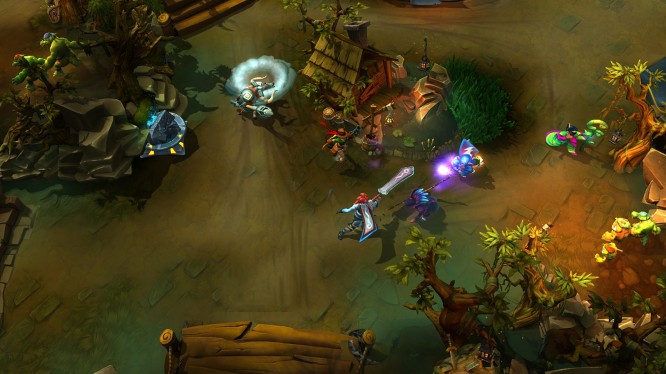
DOTA 2 bypasses this problem, by giving players access to EVERYTHING in the game, with players only being required to buy skins, and other non-gameplay affecting trinkets. This is great for players of other MOBA games, as it doesn’t require them to invest any time into the game and they can just pop in and have a blast and then go back to their favourite MOBA. Strife does the same thing, however on a much smaller scale, with players having access to all of the game’s heroes but still being required to unlock pet’s and item crafting. This decision to give players access to all of Strife’s heroes makes it more tempting to jump ship and try it out, because there is no time investment required.
Jumping ship to Dawngate however, requires much more thought for a fan of LoL, especially about whether or not they want to leave behind all of the achievements and champions. Of course the question that needs to be asked here is, who exactly are all of these MOBA games for? League of Legends was released in 2009, and was the first, big, mainstream, standalone, MOBA game. It’s now five years later, and honestly if a gamer was even the slightest bit interested in the genre, surely they would have played LoL (or DOTA 2) by now and decided whether or not the genre is for them. Then it raises the question which many of the WoW clones faced, why bother playing a WoW clone when you could just play WoW? WoW had a subscription, which meant it wasn’t available to everyone, so I can see the merit in making a free-to-play clone of WoW, however LoL has no barrier to entry whatsoever so then there is little reason for new players to not play LoL, the game which everyone, everywhere is talking about. Having said that, I am always open for competition, and I think having other similar games on the market to compete with each other is great for consumers, as game companies are forced to make higher quality games, however pretty much every single one of these MOBA game’s plays the same.
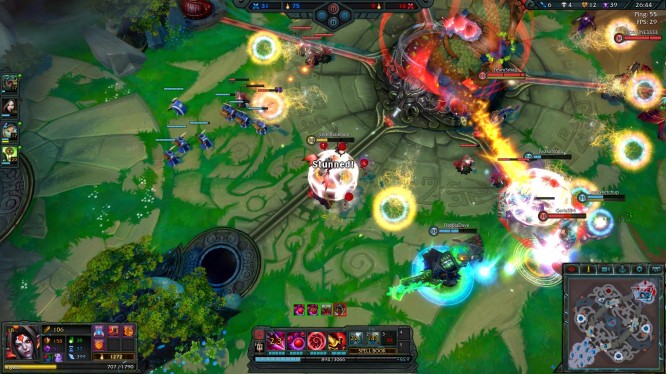
Call of Duty and Battlefield are both in the same genre, and compete with each other regularly for sales however they are both completely different from one another. Call of Duty is about arcade gameplay and scoring lots of points, whilst Battlefield is more focused on teamwork and vehicles with slower gameplay. The differences between Strife and League of Legends are so small, that it doesn’t encourage any form of competition with other games in the genre. If you want to capture League of Legend’s market, then make something other than a LoL clone. DOTA 2 succeeds because it does (just about enough) to differentiate itself from LoL and has some slightly different mechanics from LoL which appeal to a different audience. Granted DOTA 2 isn’t the best example, more can be done to differentiate between the two titles, however it’s a start. At the end of the day all we’re currently left with is an over-saturated market, one where players have an abundance of choices of which game to play, however the only thing that changes between each game is its name and one or two small features. The genre needs to propel itself to forward with something new a fresh, and offer a different perspective for it to grow. Hopefully there is one developer out there who can provide that.
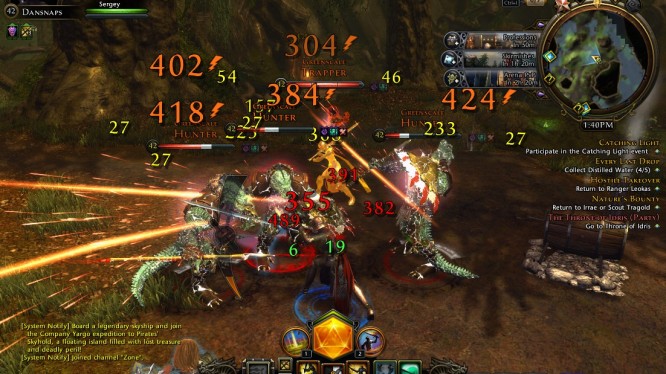
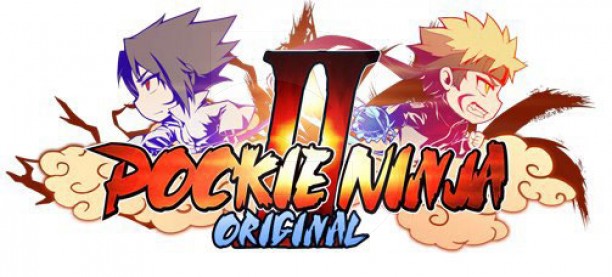
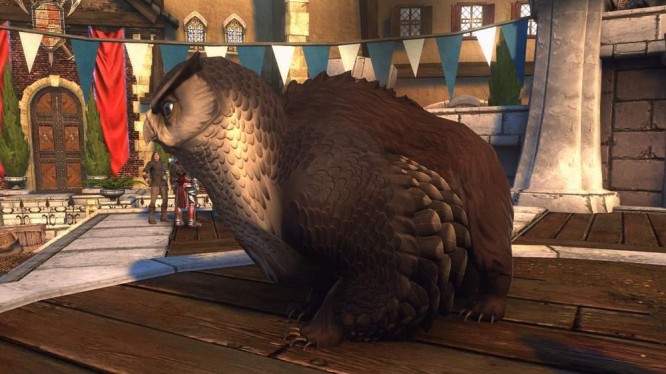
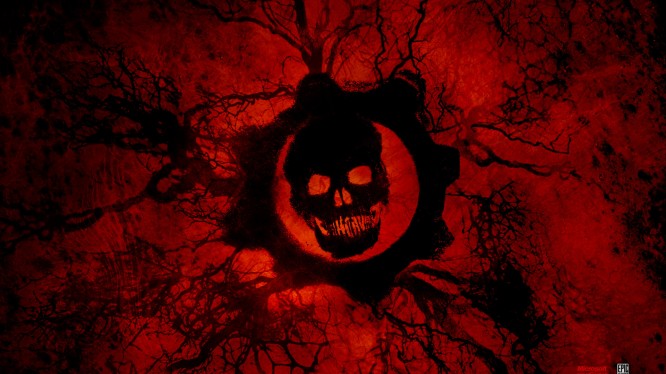
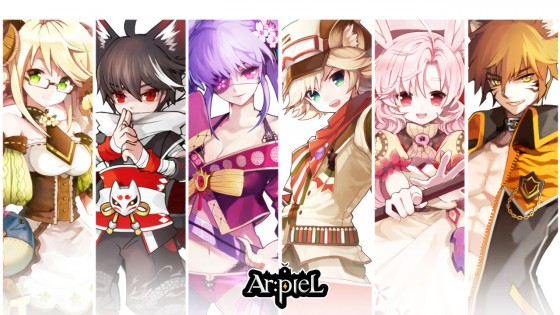 Most Anticipated Korean MMORPGs in 2016 .
Most Anticipated Korean MMORPGs in 2016 . Skyforge Exclusive Interview and Screenshots .
Skyforge Exclusive Interview and Screenshots .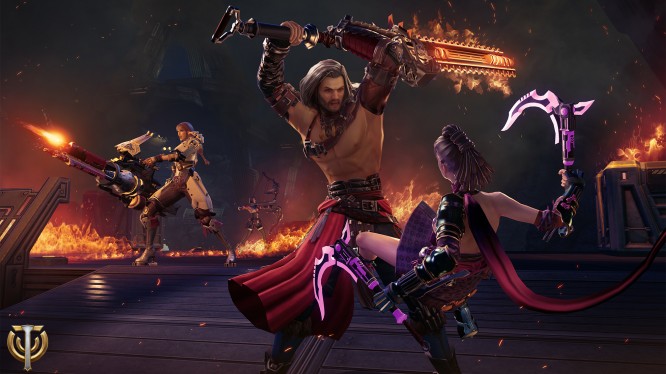 Skyforge PVP Preview .
Skyforge PVP Preview . Plants vs. Zombies 2: Level 28 in Big Wave Beach
Plants vs. Zombies 2: Level 28 in Big Wave Beach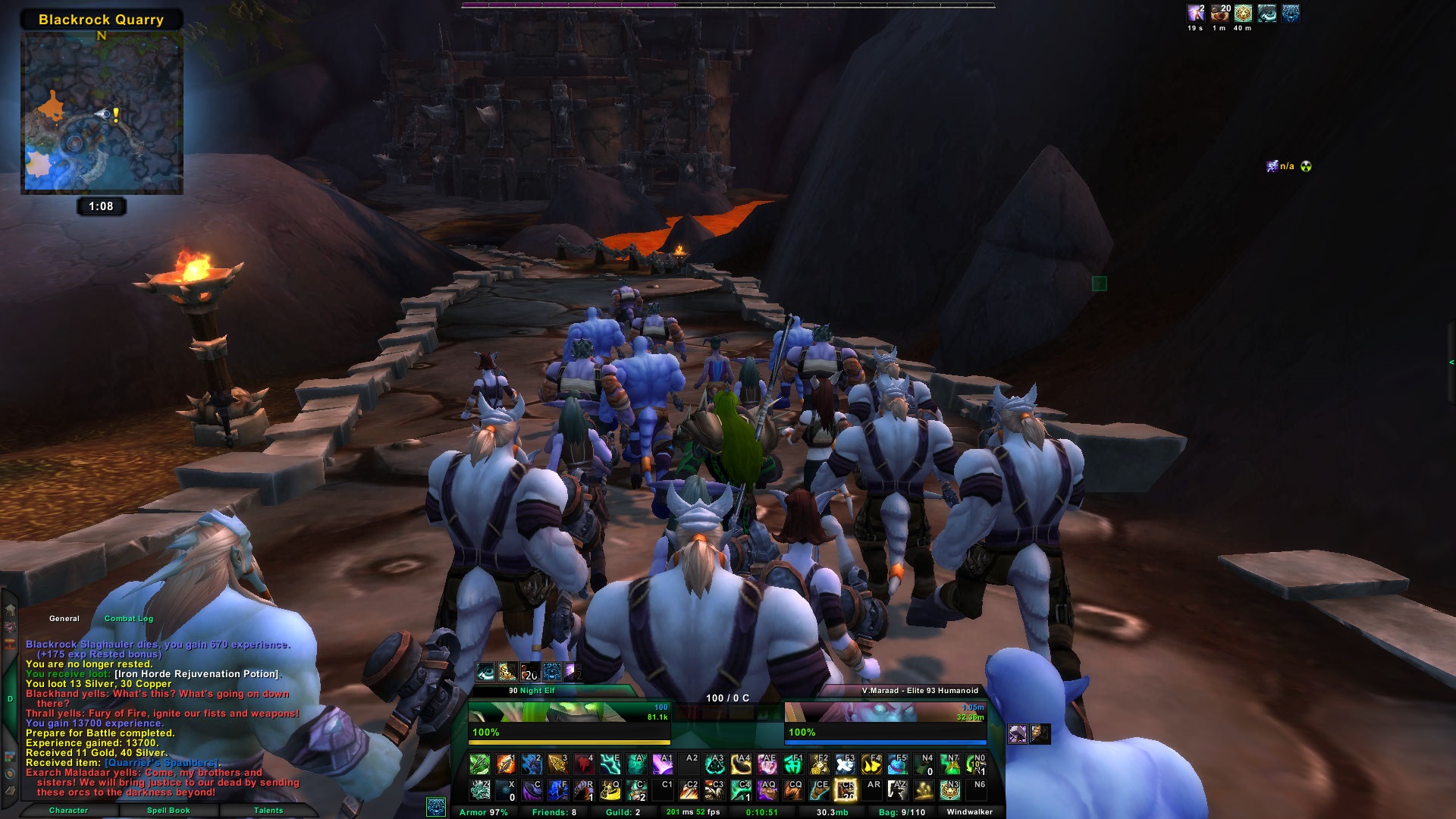 WoW Wednesday: Warlords of Draenor - Review in Progress #1 .
WoW Wednesday: Warlords of Draenor - Review in Progress #1 .